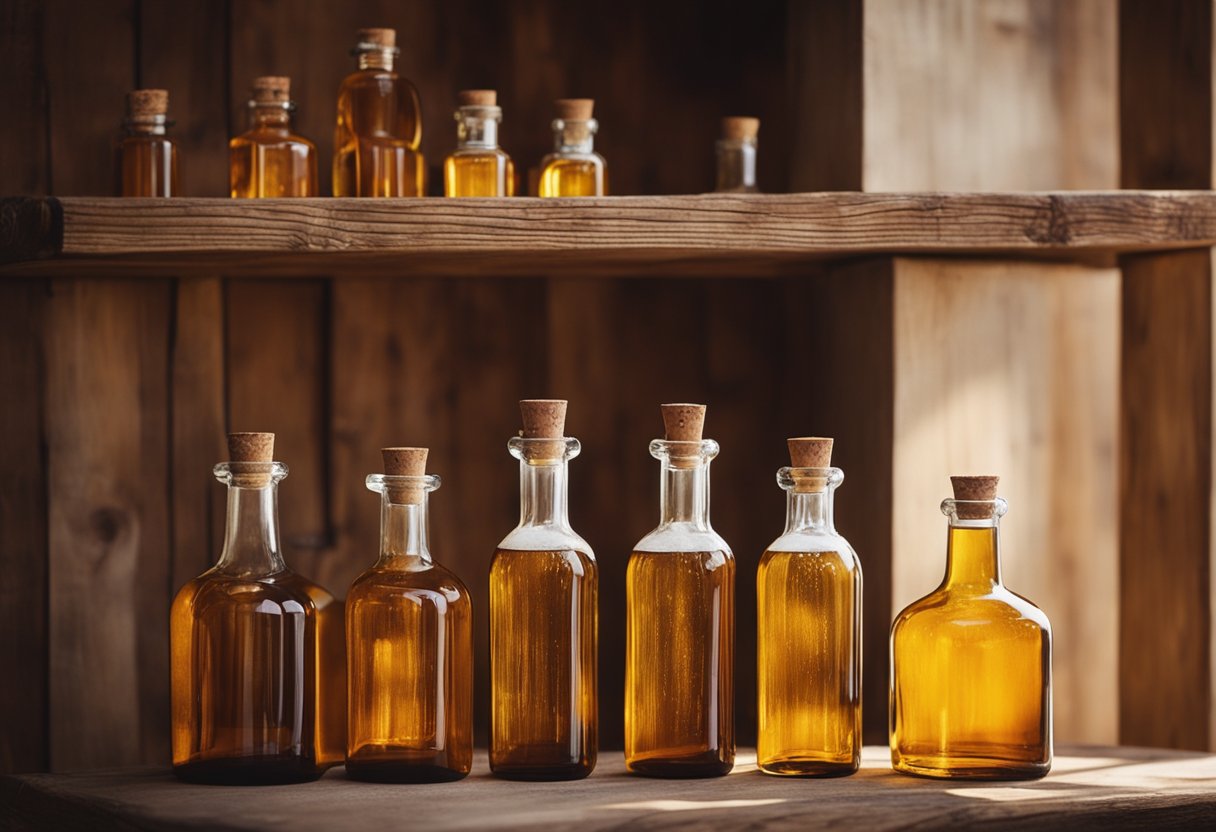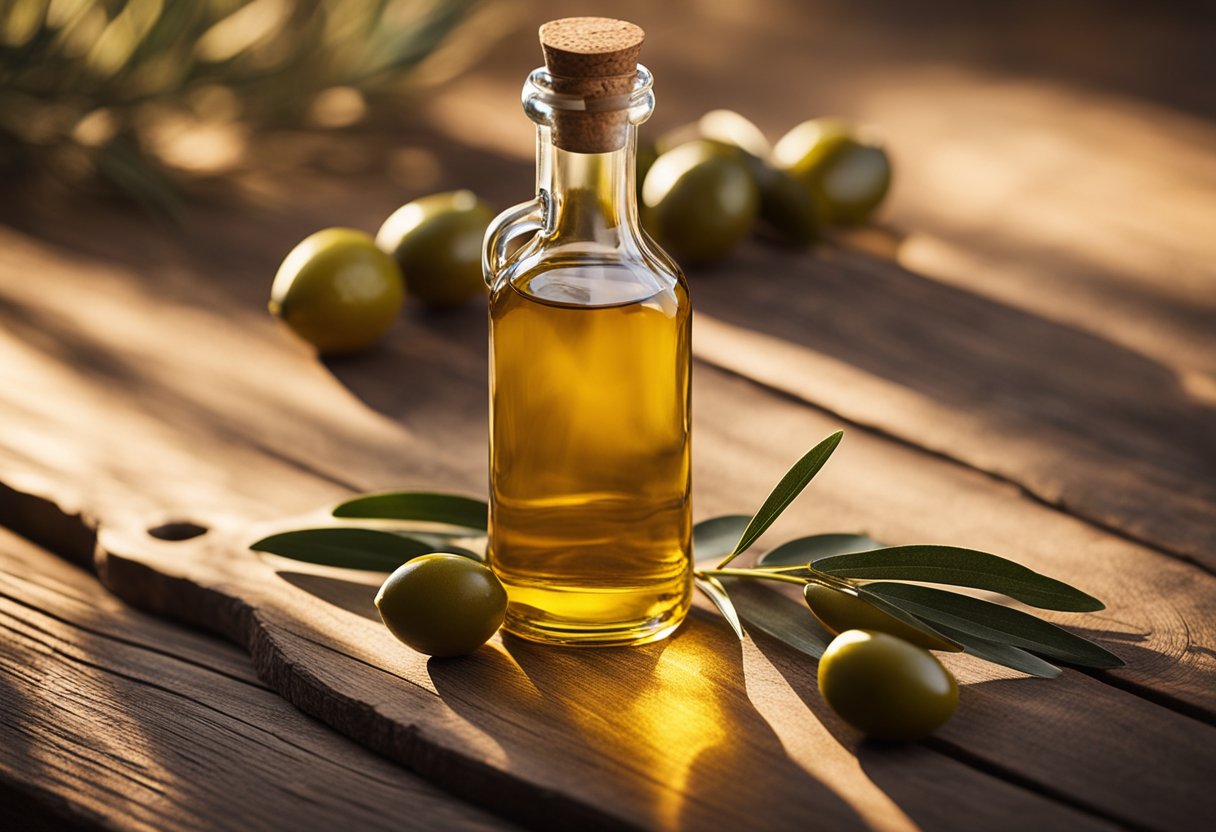If you’re looking to buy vodka, the bottle itself can be just as important as the liquor inside. The design of the bottle can convey the brand’s image and set it apart from competitors. Some bottles are even considered collectors’ items and can fetch high prices at auctions. In this article, we’ll take a closer look at vodka bottles and what makes them stand out.

One of the most recognizable vodka bottles is the Absolut Vodka bottle. The brand’s iconic design features a clear glass bottle with a label that wraps around the entire bottle. The label is a work of art in itself, featuring bold typography and colorful graphics. The design has remained relatively unchanged since its introduction in 1979, making it a classic in the world of vodka bottles.
Another brand that’s known for its unique bottle design is Crystal Head Vodka. The brand’s distinctive skull-shaped bottle is instantly recognizable and has become a popular collector’s item. The bottle is made of clear glass and features a metallic silver cap and a label that wraps around the base of the bottle. The brand’s founder, Dan Aykroyd, has stated that the design was inspired by the legend of the 13 crystal skulls.
History of Vodka Bottles

Origin and Evolution
Vodka has been around for centuries, and so have vodka bottles. The first vodka bottles were simple and functional, designed to store liquor and withstand transportation. However, as vodka’s popularity and consumption increased, bottle designs became more elaborate and reflective of cultural influences.
The history of vodka bottle shapes is a product of cultural and historical contexts. Russian vodka, for example, came to Russia in the late 14th century, and the bottles used to store it reflected the country’s cultural and artistic traditions. As vodka spread to other parts of the world, bottle designs evolved to reflect local cultures and customs.
Material and Design Changes
Initially, vodka bottles were made of glass, but as the liquor industry grew, other materials were used to make bottles. For example, plastic bottles were introduced in the mid-20th century, and they became popular due to their light weight and durability.
In terms of design, vodka bottles have gone through many changes over the years. Some of the most notable changes include the introduction of decorative labels, intricate shapes, and unique closures. For example, some vodka bottles are designed to look like works of art, while others are shaped like animals or other objects.
The history of vodka bottles is a fascinating one, and it reflects the evolution of the vodka industry as a whole. From simple glass bottles to elaborate works of art, vodka bottles have come a long way over the years, and they continue to evolve to this day.
Manufacturing Process

When it comes to manufacturing vodka bottles, there are several steps involved in the process. Here’s a breakdown of the different stages of production:
Glass Blowing and Molding
The first step in manufacturing a vodka bottle is to create the glass container. This is typically done through a process called glass blowing, which involves heating and shaping the glass into the desired shape. Alternatively, the glass can also be molded into the desired shape using a mold. The type of manufacturing process used will depend on the specific requirements of the bottle design.
Labeling and Branding
Once the glass container has been created, the next step is to label and brand the bottle. This involves applying a label or printing directly onto the glass surface. The label or branding will typically include information such as the brand name, logo, and any other relevant information.
In addition to labeling and branding the bottle, manufacturers may also choose to add additional design elements to the bottle. This can include embossing, debossing, or other decorative elements that enhance the overall aesthetic of the bottle.
Overall, the manufacturing process for vodka bottles is a complex and intricate process that requires a high level of precision and attention to detail. By following these steps, manufacturers can create high-quality vodka bottles that are both functional and visually appealing.
Types of Vodka Bottles

When it comes to vodka, the type of bottle can be just as important as the contents inside. Whether you’re looking for a standard bottle or a premium and collectible option, there are a variety of options available.
Standard Bottles
Standard vodka bottles typically come in a range of sizes, from 50ml mini bottles to 1.75L handles. The most common size is the 750ml bottle, which is often used for mixing cocktails or serving at parties. These bottles are typically made from clear glass, allowing you to see the color and clarity of the vodka.
Some standard bottles may feature unique designs or branding to make them stand out on store shelves. For example, Smirnoff Vodka features a distinctive red label, while Absolut Vodka is known for its iconic bottle shape.
Premium and Collectible Bottles
For those looking for something a bit more special, premium and collectible vodka bottles are a great option. These bottles are often made from high-quality materials and feature unique designs that make them stand out from the crowd.
One example of a premium vodka bottle is Beluga Noble Vodka, which comes in a handcrafted bottle made from Italian glass. The bottle features a metal label and is topped with a wax seal, giving it a luxurious feel.
Collectible vodka bottles are also popular among enthusiasts. These bottles are often limited edition and feature unique designs or collaborations with artists or celebrities. For example, Ciroc Vodka has released limited edition bottles in collaboration with rapper Sean Combs, featuring his signature and a sleek black and gold design.
Overall, the type of vodka bottle you choose will depend on your personal preferences and the occasion. Whether you opt for a standard bottle or a premium and collectible option, there are plenty of choices available to suit your needs.
Vodka Bottle Labeling Regulations
When it comes to vodka bottle labeling, there are certain legal requirements that must be followed to ensure compliance with the law. These requirements are put in place to protect consumers and ensure that they have access to accurate and useful information about the vodka they are purchasing.
Legal Requirements
According to the Alcohol and Tobacco Tax and Trade Bureau (TTB), there are several legal requirements that must be met when it comes to vodka bottle labeling. These requirements include:
- The brand name of the vodka must be prominently displayed on the label.
- The label must include the alcohol content by volume (ABV) of the vodka.
- The label must include the net contents of the bottle in both metric and imperial measurements.
- The label must include the name and address of the bottler or importer.
- The label must include a government warning statement about the dangers of alcohol consumption.
In addition to these requirements, there are also regulations regarding the use of certain terms on vodka bottle labels. For example, the term “distilled” can only be used if the vodka has been distilled at least three times. The term “pure” can only be used if the vodka is made entirely from one type of grain or other plant material.
Consumer Information
In addition to the legal requirements, vodka bottle labels also provide important information for consumers. This information can include:
- The country of origin of the vodka.
- The type of water used in the production of the vodka.
- The type of still used to distill the vodka.
- The filtration process used to purify the vodka.
- The flavorings or additives used in the vodka.
By providing this information, consumers are able to make informed decisions about the vodka they are purchasing. They can choose vodka that is made in a certain way, or that comes from a certain region, based on their own preferences and tastes.
In conclusion, vodka bottle labeling regulations are in place to protect consumers and ensure that they have access to accurate and useful information about the vodka they are purchasing. By following these regulations, vodka producers can provide consumers with the information they need to make informed decisions about their purchases.
Recycling and Sustainability
When it comes to vodka bottles, recycling and sustainability are essential issues to consider. Absolut Vodka is one of the leading brands in the vodka industry that has taken sustainability seriously.
Glass Recycling Initiatives
Absolut Vodka has launched a new limited edition bottle that celebrates recycling. The new bottle is made with more than 41% recycled glass, just like all Absolut’s bottles. The company achieved the goal of 50% recycled content in its iconic clear glass Absolut Vodka bottle four years ahead of schedule. This initiative is part of the company’s commitment to reducing its carbon footprint and creating a more circular lifestyle that has less impact on our planet.
Sustainable Packaging Innovations
In addition to glass recycling initiatives, Absolut Vodka is also experimenting with sustainable and recyclable paper bottles. The prototype vodka bottles are made of 57% paper and 43% plastics – all recycled. Both components of the bottle can be recycled again after use. This innovative packaging solution is an example of how the company is allowing itself to truly think outside the box, both in terms of design and sustainability.
Overall, Absolut Vodka is taking sustainability seriously and has implemented various initiatives to reduce its carbon footprint. From glass recycling initiatives to sustainable packaging innovations, the company is leading the way in creating a more sustainable future.
Frequently Asked Questions
How are vodka bottle sizes categorized and labeled?
Vodka bottle sizes are categorized and labeled based on the volume of the liquid they contain. The most common sizes are the 50ml Mini, 200ml Flask, 375ml Half Bottle, 750ml Standard Bottle, 1L Large Bottle, and 1.75 L Handle. Some brands may offer other sizes as well. It is important to note that the labeling and categorization of vodka bottle sizes may vary by country or region.
What factors influence the price of a vodka bottle?
The price of a vodka bottle can be influenced by various factors such as the brand, the quality of the ingredients used, the production process, the packaging, and the marketing strategy. Generally, high-end premium brands are more expensive than standard and economy brands. Additionally, limited edition or specialty bottles may also have a higher price point.
Can you explain the standard vodka bottle volume measurements?
The standard vodka bottle volume measurements are 750ml for a standard bottle and 1.75L for a handle. These measurements are used in most countries, including the United States. However, it is important to note that other countries may use different standard measurements.
Where can I find vodka bottles for purchase nearby?
You can find vodka bottles for purchase at most liquor stores, supermarkets, and online retailers. It is important to check the legal age requirement for purchasing alcohol in your country or region before making a purchase. Additionally, some stores may offer delivery or curbside pickup options for added convenience.
What are some of the most popular vodka brands available?
Some of the most popular vodka brands available include Absolut, Grey Goose, Belvedere, Ketel One, and Smirnoff. These brands are known for their quality, taste, and versatility in cocktails.
How does the quality of vodka vary across different price points?
The quality of vodka can vary across different price points. Generally, premium brands use higher quality ingredients and production processes, resulting in a smoother and more refined taste. However, this does not mean that all expensive vodka is of high quality. It is important to do your research and taste testing to determine which brand and price point best suits your preferences and budget.















